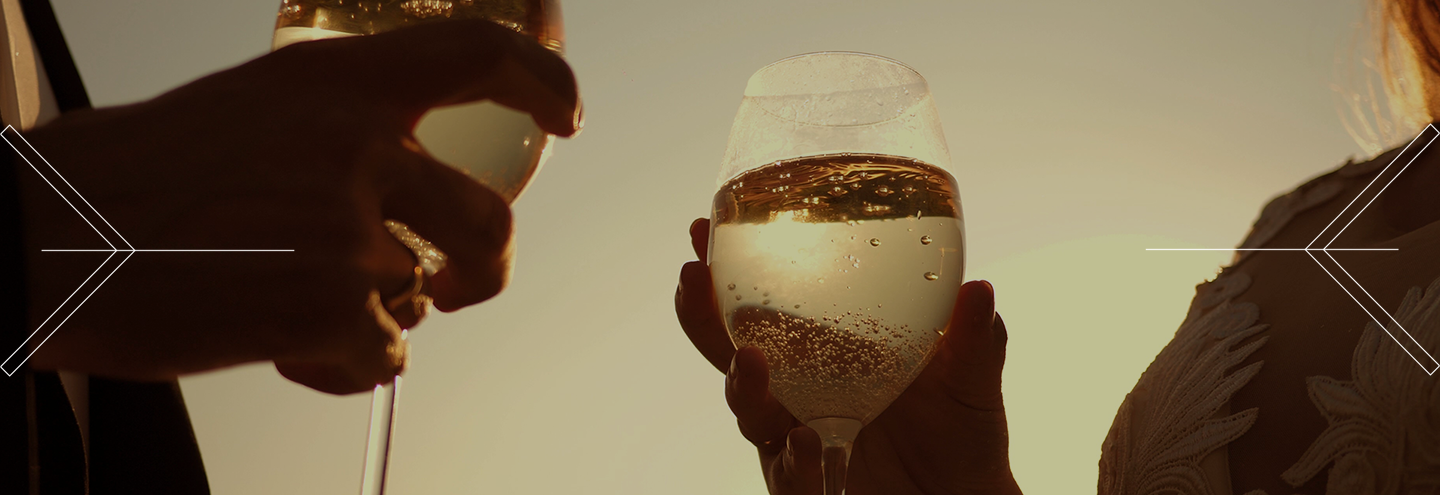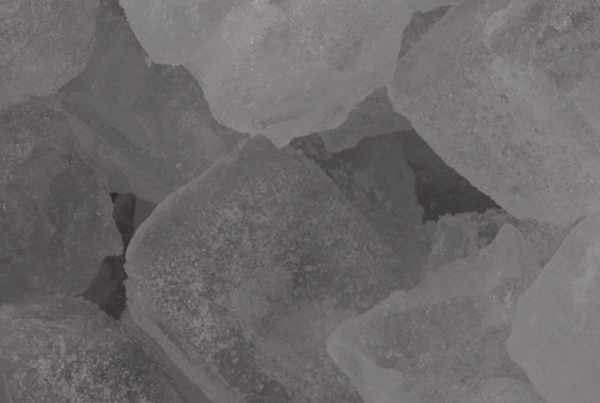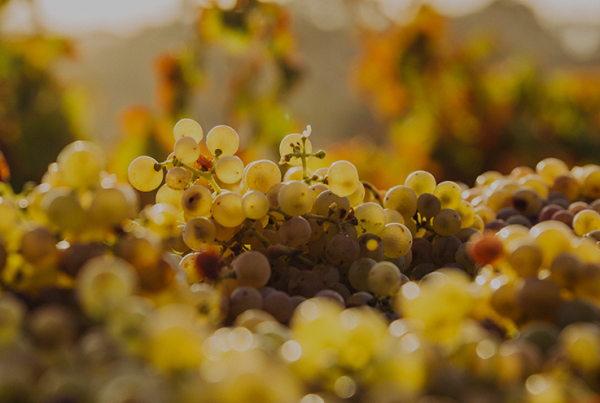There are terms in the world of wine that must necessarily be known.
An example? Brut and Extra Dry.
These two terms are commonly used on the bottles of many sparkling wines.
They can suggest the quantity of sugar, and therefore the softness, of that wine.
The problem is that not all terms are intuitive.
In the case of Brut or Extra Dry, they can give rise to wrong interpretations.

Brut or Extra Dry?
Imagine that: we are entering in a wine shop and asking for a bottle of Valdobbiadene DOCG Prosecco Superiore.
Then the wine-shopper asks us if we prefer an Extra Dry version, more traditional, or a Brut version, more modern.
At first glance, and not knowing exactly what the two terms mean, thinking of buying a bottle to combine with a good fried fish, we opt for the drier version.
And so we confidently ask for the Extra Dry.
“Dry” will mean dry, won’t it?
In reality it’s a gross mistake.
The Extra Dry version, in fact, at the expense of the name, is softer than the Brut version.
Tips:
If we want a pleasant and ideal Prosecco as an aperitif, we opt for an Extra Dry.
If, on the other hand, we want a drier bubble, also suitable to accompany a good lunch, we undoubtedly choose a Brut version.









